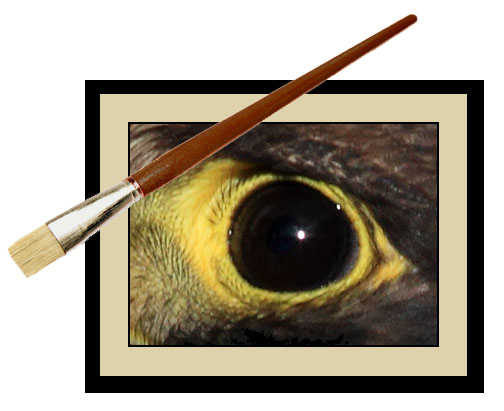The Eyes Have It!
Why Is It That Raptors Have Such Great Vision?
Many expressions are used to extol the incredible vision of raptors. Most of us have used the phrase “Hawk-eyed”, or know someone we refer to as having an “Eagle Eye”. And then, there is the oft-quoted football field analogy … “A Golden Eagle’s sight is so keen, it could read the New York Times across a football field!” However, although raptors, including Golden Eagles, definitely cannot read, there is no mistaking that they do have extraordinary vision. To find out why, check the newest feature of our More Mesa Preservation Coalition website, “Raptor Vision”, located here.
More Mesa Through the Eyes of the OAK Group
We are extremely pleased to announce that the prestigious OAK Group has decided to feature More Mesa in their month-long exhibition at the Faulkner Gallery, this coming October. We will be updating our supporters about all aspects of this event as the year progresses.
